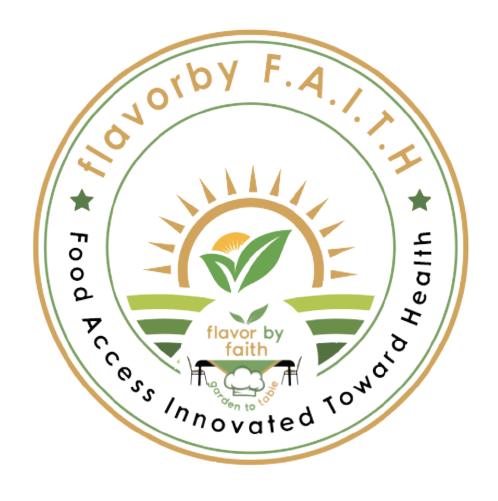SWAT Circumstance Analysis
SWAT is a watershed-scale model that applies empirical and physically based approaches to determine runoff responses to differences in land management. The model is primarily intended for application to agricultural watersheds and can simulate a wide variety of agricultural management practices and crop rotations under varying climate scenarios (Arnold et al. 1998 ; Arnold and Fohrer 2005 ; Gassman et al. 2010 ). The key inputs are soils, land cover, and topography (slope), which were intersected to generate Hydrologic Response Units (HRUs): the basic computational unit of the model. Land cover data are based on the 2008 Cropland Data Layer (National Agricultural Statistics Service, U.S. Department of Agriculture 2012 ; Han et al. 2014 ), which includes data for major and minor crop types as well as nonagricultural land classes. Pixel resolution for the 2008 Cropland Data Layer is 30 m. We reclassified some data classes (<0.25% of the original Cropland Data Layer) into available similar classes to simplify the spatial data and reduce the number of model HRUs. For example, sweet corn (0.17%) was reclassified as corn. Topography data are based on a digital elevation model (pixel size = 30 m) from the National Elevation Dataset (U.S. Geological Survey 2016 ), whereas soils data are from the county-level Soil Survey Geographic (SSURGO) database downloaded from the Web Soil Survey (Soil Survey Staff et al. 2019 ). SSURGO data for the study watershed had a minimum map unit size of 684 m 2 (excluding edge polygons). The model extent was the 12-digit watershed for headwater streams Rock and Pratt Creek, and the entire drainage area for Wolf Creek (10-digit HUC 0708020508) and Miller Creek (0708020509) (Figure 1). The final number of model HRUs ranged from 1,684 (Rock Creek) to 7,528 (Wolf Creek).
SWAT means everyday weather enters off rain, temperature, cousin humidity, wind speed, and you may solar rays. Climate input investigation was basically produced by next generation environment radar (NEXRAD) research to have precipitation and you will Weather Forecast Program Reanalysis (CFSR) (Fuka et al. 2014 ) for leftover environment study. The new spatial weather research (NEXRAD and you can CSFR) was represented on design due to the fact a vinyl network build towards a great grid (NEXRAD: 4km spacing; CSFR: roughly 29 km spacing). SWAT automatically chooses gauge things that is nearby the centroid away from model subbasins. To have NEXRAD data, just how many artificial gauges located when you look at the watershed line ranged regarding six (Rock Creek) so you’re able to forty two (Wolf Creek). To own CSFR investigation, how many gauges varied out-of 2-3. SWAT operates at an everyday timestep and you may secret model outputs is streamflow as well as sediment and you will mineral export. Because of it research, we put precisely the day-after-day streamflow outputs to target this new hydrologic negative effects of BMPs with the ton wreck.
Discharge–Volume Investigation (Module 1)
We began with a Baseline scenario to simulate current conventional agricultural practices, in which corn and soybean crops are grown in a two-year rotation typical for the Upper Midwest. Tillage, fertilizer application, and planting/harvest dates are based on farmer surveys (Minnesota Department of Agriculture 2007 ) and feedback from local stakeholders and commodity groups. We calibrated and validated SWAT against measured flow data from the Wolf Creek watershed. To do so, we ran the model for 12 years from 2002, , December 31. The first two years of model results were treated as a warm-up period and we discarded the results, leaving 10 years of model jdate apk hile results to compare against observed flow data. We calibrated SWAT for the five-year period from 2009, , December 31. We assessed agreement between observed and modeled flow using mean daily flow and Nash–Sutcliffe efficiency (NSE) and percent bias (PBIAS) (cf. Moriasi et al. 2015 ; Ahmadisharaf et al. 2019 ). For NSE, a value of 1 indicates perfect agreement between observed and predicted values, whereas values >0.5 are generally considered satisfactory for monthly flow. For PBIAS, values <15% are generally considered satisfactory (Moriasi et al. 2015 ; Ahmadisharaf et al. 2019 ), with 0 being the ideal PBIAS.

